
Click the above Computer Enthusiasts to follow us
Someone asked me yesterday if I could recommend a monitor. Besides size and brand, what else should we consider when choosing a monitor? I would like to take this opportunity to talk about some things you should know about monitors.

The first priority for monitors is size. For example, should you choose 22 inches or 24 inches? 27 inches or 30 inches? These sizes refer to the diagonal measurement, not the side length. In simple terms, for 22 to 24 inches, the ideal resolution is 1080P; for 27 to 30 inches, the ideal resolution is 2K to 4K. I won’t elaborate on this today. What I want to discuss is the aspects beyond size.

Backlight Leakage Panels Are Nearly the Only Choice
The most important feature of a monitor is, of course, the screen panel. These monitor panels are categorized into different grades based on their technology (Note: Regardless of the type of screen, the vast majority of them (except OLED) are a type of LCD screen). The worst, but cheapest, is the TN panel, which has no advantages apart from being cheap— and the era of low-end monitors using TN panels is long gone (though some laptops still use them), and many value-for-money monitors now use IPS panels. Its most obvious characteristic is that the screen is relatively soft, commonly referred to as a soft screen.
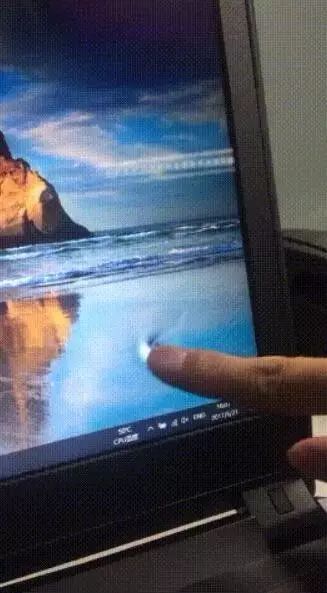
Next is the IPS panel. IPS is actually a general term for LG panels (BOE and Chi Mei also belong to this camp), and there are three types: E-IPS, S-IPS, and H-IPS. Currently, S-IPS is basically non-existent, leaving mainly E-IPS and H-IPS, which generally have a cooler color tone and fast response times. The two main characteristics of this type of screen are that it is a hard screen and that it suffers from significant backlight leakage, with irregular leakage often visible along the edges in a completely black display.
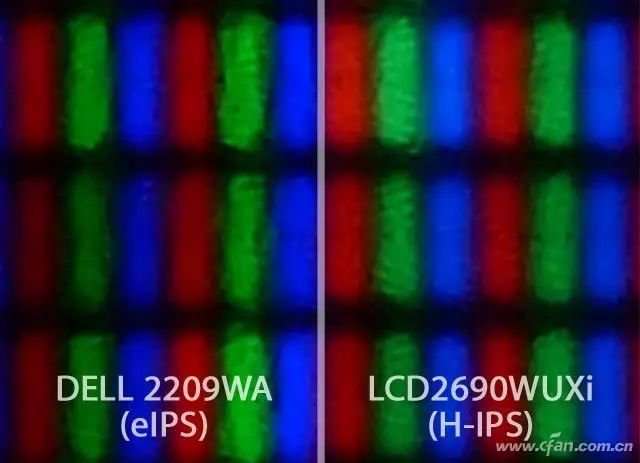
Another cousin of the IPS panel is the PLS, which can be said that the two types of IPS panels represented by Samsung and LG have dominated the vast majority of monitors in the world. PLS = Samsung, characterized by higher brightness. The display effect of this type of screen is quite good, but it also has some degree of backlight leakage, after all, they come from the same technology.
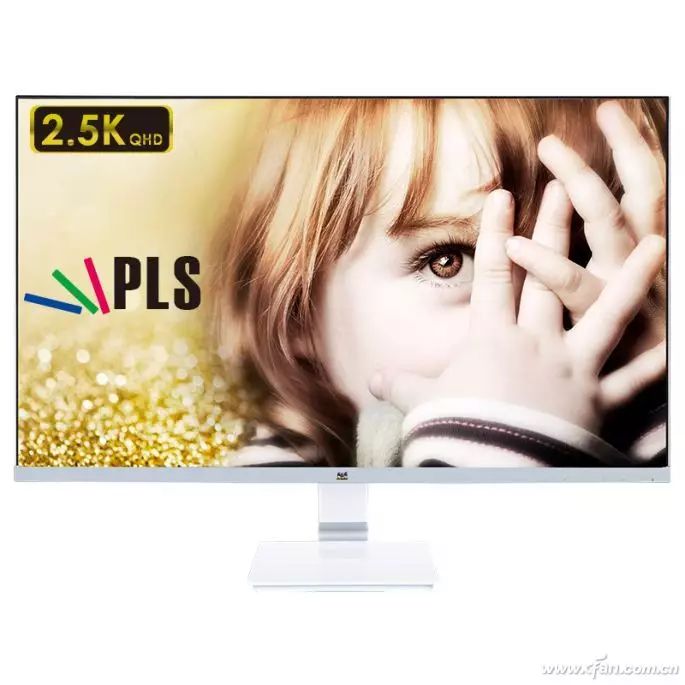
In fact, there are some other technologies for display panels, but they have gradually been abandoned by the mainstream market, and it is hard to find corresponding products now, so I won’t go into detail.
LED and LCD Should Not Be Compared
The concepts of LED and LCD in monitors have been misunderstood for a long time. All liquid crystal displays = LCD, while LED is simply the light source for backlighting; they are not on par with each other. The emergence of LED (light-emitting diode) was to replace the old CCFL tubes (similar to fluorescent lights) used to illuminate LCD panels.
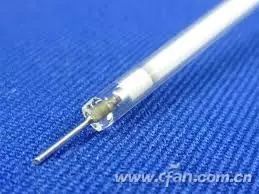
Additionally, OLED is not an evolution of LED but a flat-panel display technology that is on par with LCD. OLED stands for organic light-emitting diode, which can be used for displays. With OLED, there is no need for a backlight since it emits light and color on its own, making it a replacement for LCD.
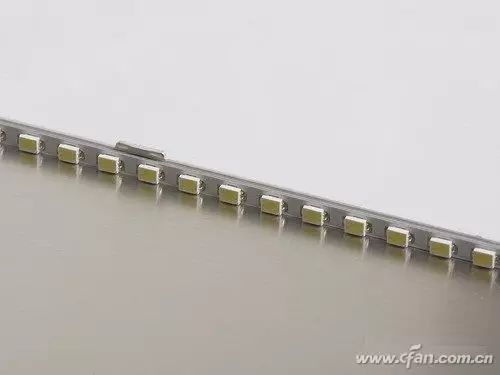
What About Curved Screens?
In addition to screen panels, size, and color, there is now a type of monitor: the curved screen. Curved screens are further divided into three specifications: 4000R, 3000R, and 1800R. So what does this curvature mean?
Curvature refers to the degree of bending of a curve at a certain point, represented in the display field by the radius of the circle to which the curve belongs. For example, 1800R indicates the degree of curvature of a segment of an arc on a circle with a radius of 1.8m, which makes it easier to understand.
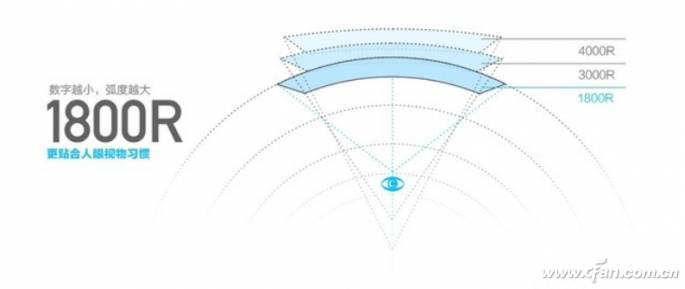
There are also issues regarding monitor colors that I mentioned in “A Few Misunderstandings When Buying Monitors”; and the refresh rate of monitors, which is also discussed in “Should You Get a 144Hz Monitor?” I won’t waste everyone’s time on those topics! If you have any questions, feel free to ask in the comments, and I’ll do my best to answer!

After reading this article, 99% of readers also clicked:
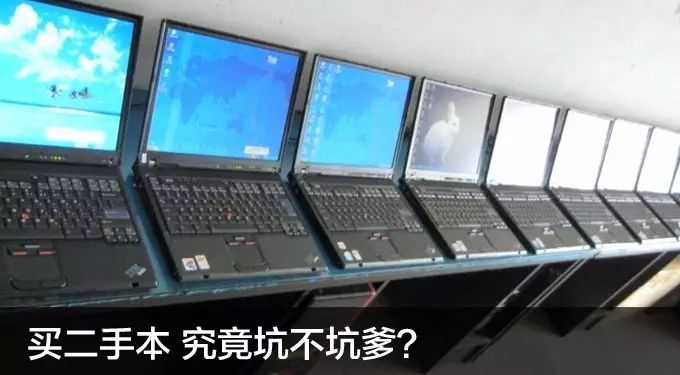

Click “Read Original” for more exciting content